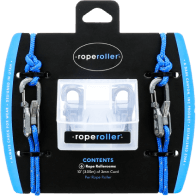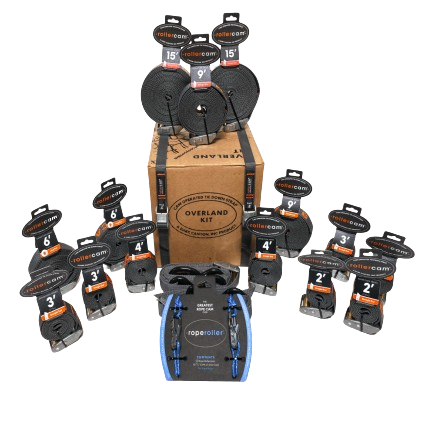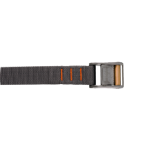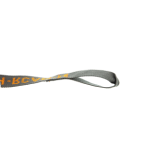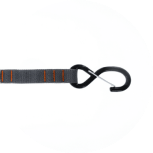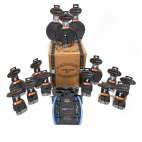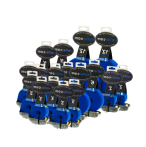SUPPORT
Frequently asked questions
Rollercam Product Engineering & Design
-
What makes Rollercam® the best cam straps?
Our patented roller design eliminates friction between the cam and webbing, allowing for higher tension with less effort. This innovation gives you a secure hold without the hassle, making Rollercam® the go-to for tough tasks, from securing gear to hitting the open trail.
- What materials are used in Rollercam® Cam Buckles?
- What is the difference between Working Load and Max Load?
- How well does Rollercam® handle saltwater andharsh environments?
- What type of webbing is used in Rollercam® straps?
- What’s the difference between the Classic and Expedition models?
Rollercam Product Availability & Options
-
Can I buy the Rollercam® Cam Buckle separately?
Yes, the 1” cam buckle is available individually and works well for custom projects.
- What lengths are available for the Hook End straps?
- What lengths are available in the Expedition or Classic models?
- What colors are available for the Hook End straps?
- Do the Expedition or Classic models come with hooks or loops?
- Which models have the length woven into the webbing?
California Prop 65
-
What is California Proposition 65?
Proposition 65, enacted in 1986, requires businesses to warn about significant exposures to chemicals known to cause cancer, birth defects, or other reproductive harm, allowing Californians to make informed choices.
- Why is there a Prop 65 warning on Rollercam® products?
- Are Rollercam® products safe to use?
- Where can I find more information about Prop 65?
